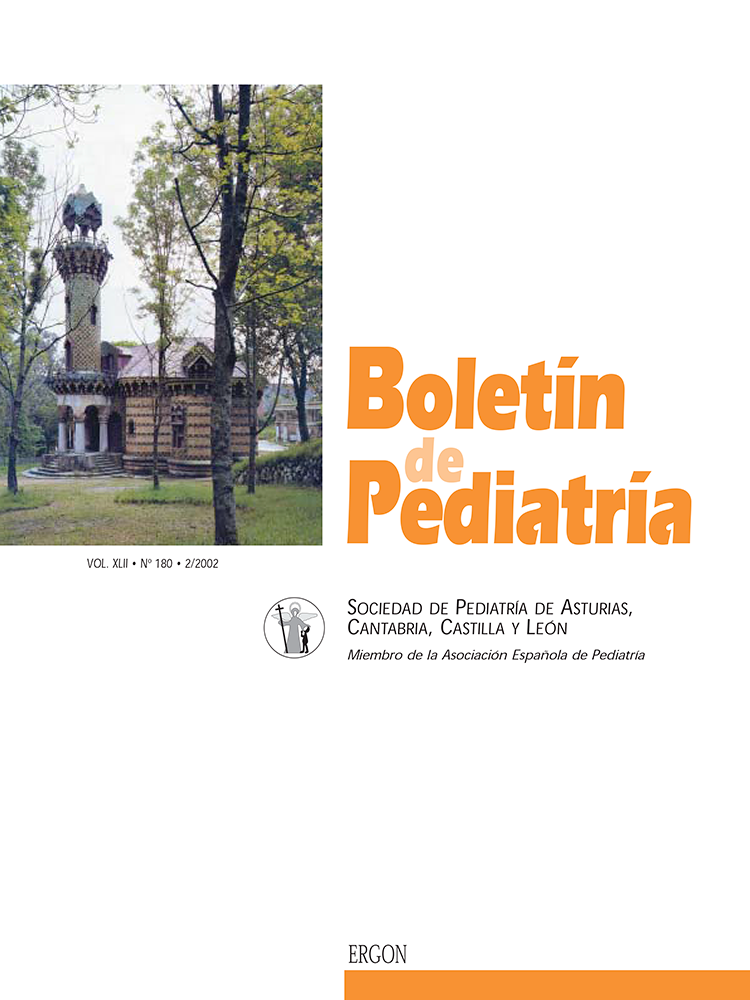Abstract
Abstract Introduction: The use of epidural analgesia in childbirths has been hardly increased the last years. The association of this practice with the increase of instrumental childbirths and caesarean, as well as its influence on the maternal and neonatal morbimortality remains controversial. From the last trimester of 1999 epidural analgesia is offered to every pregnant who came in labour to our Hospital. Our main point was to analyze the use of this kind of analgesia and its repercussion on the type of childbirth and the perinatal morbimortality. Material and methods: Acomparative descriptive study was made of the perinatal casuistry in our Hospital in 1998 and 2000 (first complete year with possibility of epidural analgesia for every pregnant). Results: The number of childbirths was 1.106 in 1998 and 1.066 in 2000. During the year 2000, 397 patients received epidural analgesia (37.2%). In nine cases it was not given because of maternal contraindication and in 201 cases because of maternal rejection. The ratio of instrumental childbirths (mainly vacuum) was of 7.1% in 1998 and 5.5% in 2000. The proportion of caesarean increased significantly from 13.1% in 1998 to 16.1% in 2000 (p = 0.04). Nevertheless during the year 2000, the percentage of caesarean was smaller between the mothers who have received epidural analgesia (14.1%) than in the rest of them (17.3%).We did not observe any change in the neonatal morbimortality with the begining of use of the epidural analgesia...

This work is licensed under a Creative Commons Attribution-NonCommercial 4.0 International License.
Copyright (c) 2002 Boletín de Pediatría
